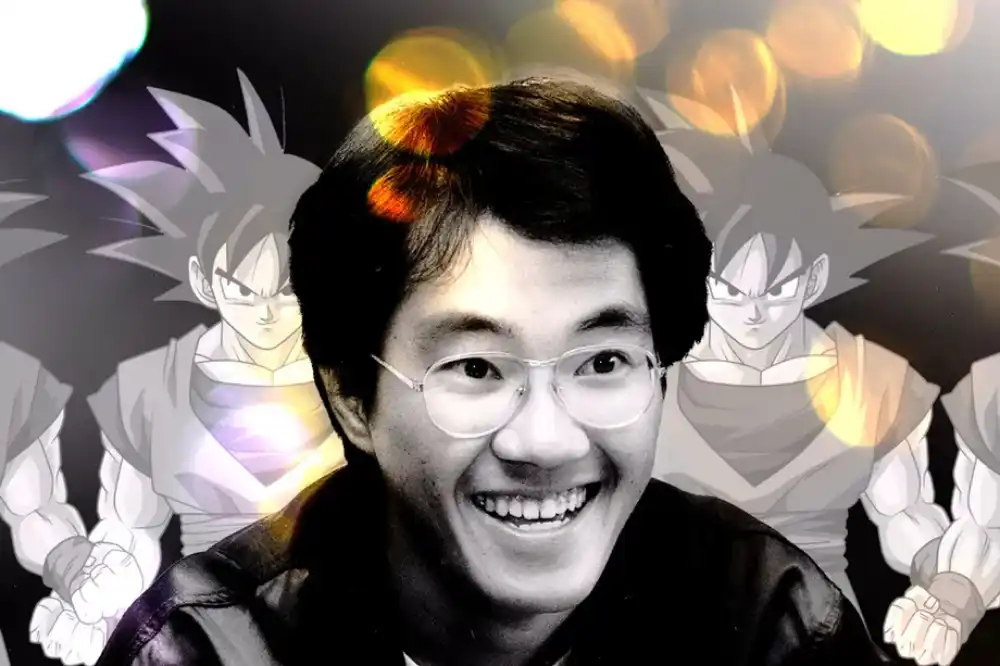The recent passing of Akira Toriyama, the iconic Japanese manga artist behind the globally celebrated Dragon Ball series, has cast a spotlight on acute subdural haematoma, the condition cited as the cause of his untimely death at the age of 68.
As the world mourns the loss of a creative genius like Akira Toriyama, it’s crucial to understand this medical condition that often goes unnoticed until it becomes a dire emergency.
What is Acute Subdural Haematoma?
Acute subdural haematoma is a type of brain injury typically resulting from severe head trauma. This condition involves blood collection between the brain’s surface and the dura mater, the brain’s outermost protective layer. The accumulation of blood can lead to increased intracranial pressure, causing compression of the brain tissue and potentially leading to brain damage or death if not promptly treated.
Causes and Risk Factors
The primary cause of an acute subdural haematoma is a sudden, violent blow to the head. This can occur during vehicular accidents, falls, sports injuries, or any incident that leads to a rapid acceleration-deceleration motion. Risk factors can include older age, due to brain atrophy which makes the brain more susceptible to injury, and anticoagulant medication usage, which can exacerbate bleeding.
Symptoms to Watch For
Symptoms of an acute subdural haematoma may manifest immediately following the injury or develop over several hours. These can include:
- Severe headache
- Confusion or drowsiness
- Nausea or vomiting
- Weakness or numbness
- Slurred speech
- Seizures
In some cases, individuals may experience a brief loss of consciousness followed by a period of alertness. Subsequently, they will experience a rapid decline in consciousness as the pressure within the skull increases.
Diagnosis and Treatment
Prompt diagnosis is critical for a positive outcome. Medical professionals typically employ CT scans or MRIs to diagnose an acute subdural haematoma accurately. Treatment often involves surgical intervention to relieve the pressure on the brain. This can include drilling small holes in the skull to drain the blood or performing a craniotomy to remove larger blood clots.
Recovery and Rehabilitation
The prognosis for an acute subdural haematoma depends on the severity of the injury, the patient’s age, and the speed at which treatment is administered. Some individuals may recover fully. However, others could face long-term complications, such as cognitive issues, speech and motor skills difficulties, and emotional changes.
Preventive Measures
Preventing head injuries is the most effective measure against acute subdural haematomas. This includes wearing appropriate protective gear during sports activities, ensuring safe living environments to prevent falls, especially for the elderly, and using seat belts and helmets as required.
Final Thoughts
The loss of Akira Toriyama serves as a poignant reminder of the fragility of life and the sudden impact that medical conditions like acute subdural haematoma can have. As fans around the world remember his unparalleled contribution to the manga and anime industry, it’s also an opportunity to raise awareness about this serious health issue, underscoring the importance of vigilance in head injury prevention and the urgency of seeking medical attention when needed.
Photo credit: JIJI/Ringer illustration

